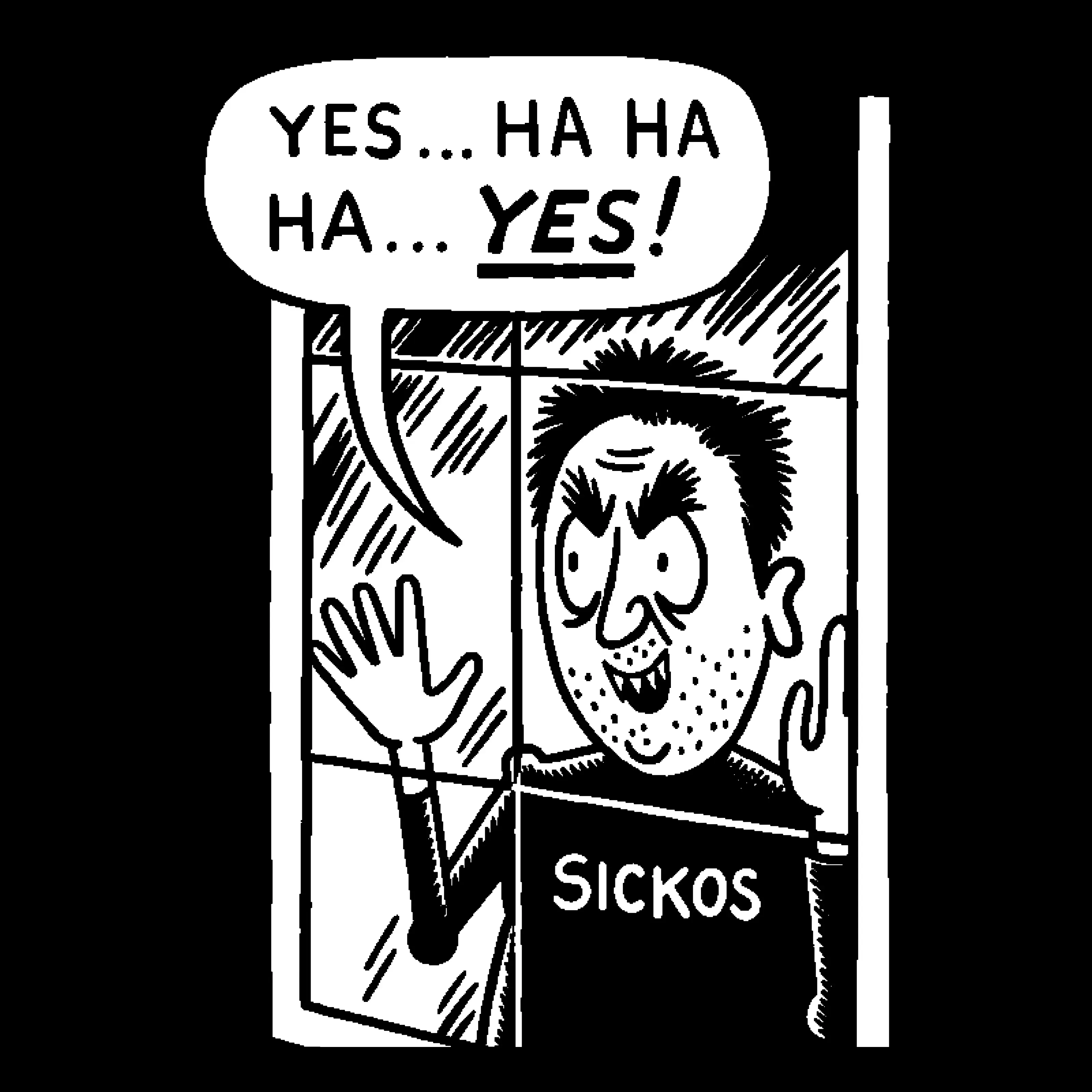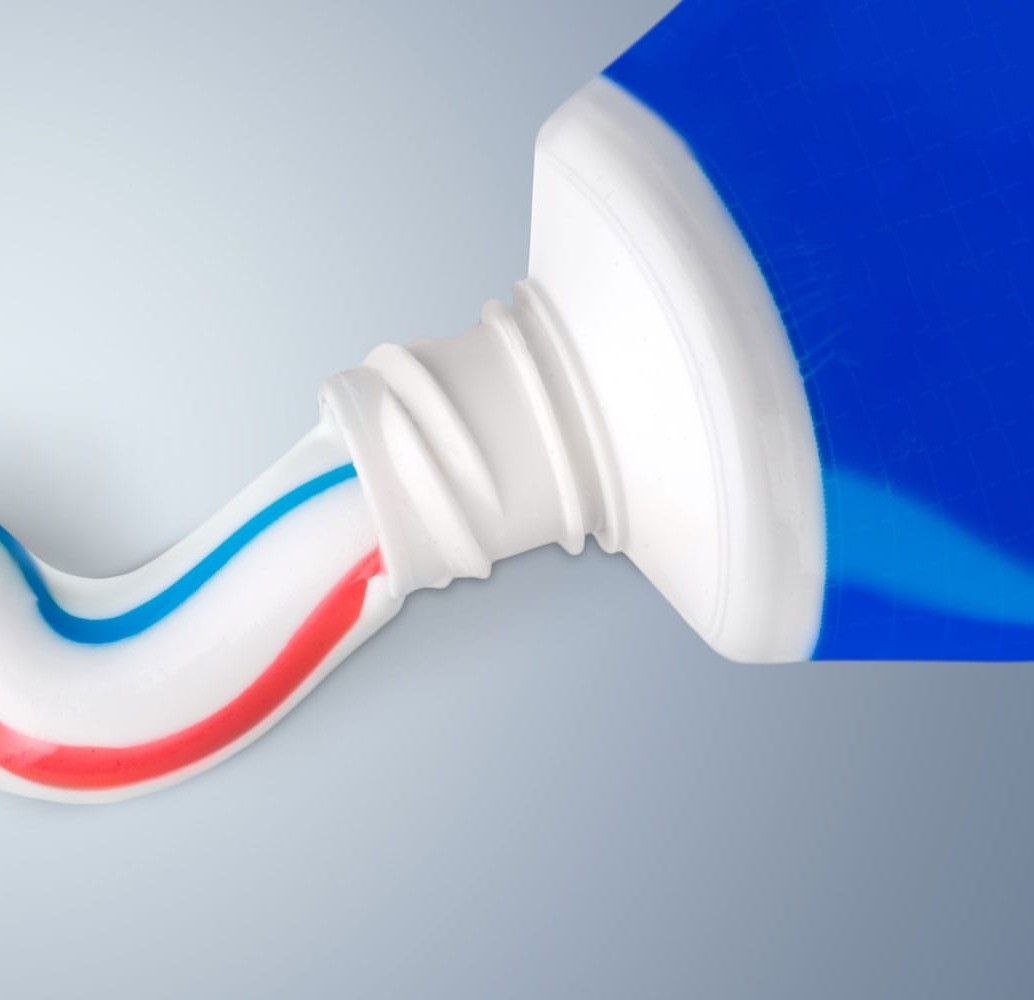MFs worried about bill gates trying to chip them didn’t even think about big parma
Big Parma! 🤣
Also real quick
The trackers are in the shell which you don’t eat (or aren’t supposed to eat)
Which I will use it when making tomato sauce.
I, too, like my chips with dip.
And they’re the size of a grain of salt.
Perfect, my one bad tooth will find it right away then
🏅
🍋
Somewhat of a tangent, but can we stop caring about the location where a product was made and focus solely on quality itself? Like, I bet the counterfeiters make a lot of money by producing quality cheese that taste just as good but are just made somewhere else.
You have a good point. At the same time, I’d like to pay what I think I’m getting. If someone is selling me something and making me think it’s something else, I think that’s wrong.
Some foods do have specific, regional character. Is the milk or yeast from the next county over going to make a cheese that tastes the same? Idk but you can get very similar styles of cheese made elsewhere.
That all being said, I can see why calling same thing Parmesan when it’s not from Parma, is not entirely truthful, if consumers care about origin. Which in the EU they certainly do.
We are focusing on both, afaik. I’m pretty sure the doc/aop/igp qualifications relate to quality as well as geography. It’s not just about the location.
And there’s nothing stopping anyone from making a better cheese, naming it whatever else other than a trademarked name and building a reputation for quality. So I don’t see what the issue is.
Edit: happy now?
“Can we stop caring about location and only care about quality?”
“Technically we are, the qualifications relate to quality as well as geography”
?? No, technically we are not.
I for one really do not care whether it’s called Parmesan or Parmigiano Regiano. Good cheese is good cheese.
Can only judge quality by trademarks and place of origin is essentially an extension of trademark. I don’t really have a problem with it.
If it wasn’t strictly bound to origin but could be, say, at least “licensed out” (perhaps with the places of origin still at least getting a small cut) it could be a win-win-win.
But as it is it’s just artificially inflating prices of goods that are potentially just as good (or in some cases potentially even worse) than some alternatives.
You do understand that quality isn’t based on who produced it, but on the product itself, right? Cheese doesn’t suddenly get better because it has the Parmesan trademark. Quality is supposed to be an objective measure of the thing itself.
Maybe my argument wasn’t as plainitively obvious as I thought it was. The only way to develop an opinion on quality is to personally trust the supplier or rely on trademarks. Without either you will not know if you’re getting the same product and quality will vary wildly. In an open market, the only way is to rely on trademarks. Place of origin is an extension of the trademark system.
Absolutely not. The only way to actually trust the quality of a product is independent testing. Just because a trademark is on a product doesn’t mean that every charge has similar quality, that the quality stays the same over longer periods of time, and that a competitor doesn’t have better quality.
Looking at only trademarks gets you exactly one thing: an expensive product. Nothing more.
Uh huh. So are you suggesting you independently test every product at point of sale? Or do you suggest certifying said product and affixing some sort of mark of trade upon it? Maybe even personally testing said product and then identifying it later based on it’s mark of trade?
Uh huh. So are you suggesting you independently test every product at point of sale?
No.
Or do you suggest certifying said product and affixing some sort of mark of trade upon it?
A trademark is not solely based on quality, so no.
Maybe even personally testing said product and then identifying it later based on it’s mark of trade?
No.
I can’t compete with obtuseness of this magnitude.
The Parmigiano Reggiano Consortium establishes the rules for production and enforces them. Nobody’s stopping you from making your own Parmigiano wherever you want, you just can’t call it that, because the name acts as a quality guarantee for the consumer.
Otherwise you’d have a situation like buying crap on Amazon where you never know if you’re going to receive a functioning gadget or not.
Nobody’s stopping you from making your own Parmigiano wherever you want, you just can’t call it that, because the name acts as a quality guarantee for the consumer.
So they are stopping me from doing that. If I can’t call something what the consumer expects, I can’t make the thing the consumer expects. Because that’s what this discussion is about: these kinds of labels should be only for quality, not for region of production. I am not advocating for dropping the label or handing it out everywhere.
Unless you’re trying to tell me the cheese is necessarily of worse quality in a way that’s not physically measurable just because it wasn’t made in the same region, the region label adds exactly nothing above a purely quality-based label.
It’s a brand name, they can do whatever they want with it. Would you be up in arms if coca-cola decided to produce only in a specific area? Because that’s kinda what they did with the sludge.
And yes, for some things the area matters, the soil, the weather, etc. Again, it acts as a, albeit minimal, guarantee for the customer, that’s why it exists
You understand that this whole discussion started with somebody saying “wouldn’t it be cool if these labels were solely based on quality instead of location”?
Yes, we all know that it’s a brand name, and they can do whatever they want with it. We are talking about how that maybe shouldn’t be the case. Do you understand that? What value do you bring to the discussion by saying “but they’re allowed to!!!1!1!”?
If the location has an effect on quality, it is measurable purely by quality without taking location into account. If you need to know the location because it’s not measurable, it shouldn’t be taken into account.
No, you can’t make Parmigiano Reggiano outside of the area of, drum roll, Parma or Reggio (with a few convenient exception)! I mean it’s not hard to understand that if it’s got the location in the name, then the location is part of the product! If you change the product, then it may be as good as you want, even better, but it’s not the same product, so you have to use a different name, that’s all!
Especially since, unlike for example Champagne, Parmigiano Reggiano is, again, a fucking brand name, you can’t brand watches as Rolex without Rolex coming to tear you a new one!You can make Grana wherever you want! Go Grana your heart out! But I used to work in the dairy industry, and let me tell you, location makes A LOT of difference, there are a shitload of Italians in the US for example, but they have a lot of difficulties replicating what they used to make in Italy, there’s got to be a reason, right?
No, quality is independent of location of production. Proof of the pudding is in the eating as they say. Reputation is tied to the producer. Quality is tied to an individual instance of the product. Thats why certain things have QA tags. This technology doesn’t represent quality. It only verifies sourcing.
As long as the counterfeit cheese meets all production regulations and is safe to eat I dont care. But the truth is the counterfeit probably cut amlot of corners and isn’t that safe and if people get sick will be much harder to track and prevent future issues.
It likely ranges. A lot of time the counterfeit is good cheese, it’s just not from the correct region. It’s not like buying a “Soony Walkman” or something. And if you can’t tell it’s counterfeit by how it tastes after the fact, then who is this program protecting?
I am ok with “imitations” that follow the same process but it gets really specific when it’s about the weather in a specific region making. You can reproduce the same environment and bacterias but to get it just like the original it’s probably a lot more difficult than to make the product in its traditional “authentic” setting. Unless it allows increased production it’s difficult to see how it would be commercially viable. So in practice they cut corners and it’s not as good as the real one.
This is literally just a type of NFC. The same type of thing that’s used whenever you scan your credit card or use an Amiibo. It is interesting that it doesn’t use RFID standards, but conceptually it’s the same idea of an ultra-low-power chip with an antenna with the only purpose being to transmit a few bytes of data when scanned.
I think the appeal here is the chip is uncloneable, unlike ordinary rfid tags, so counterfeit products can’t just clone it serial number. I wonder how useful it is in practice though. Unlike RFID tags which can be scanned by phones, customers probably don’t have the proprietary scanner in hand to scan this chip, right? How do you know your cheese wheel is fake or not in that situation. You’ll probably have to trust the store you bought it from, but if the store want to sell fake product, adding this chip to real products probably won’t prevent those fraudulent stores from selling fake products to their customers. Am I missing something here?
Also, it’s claimed that it’s uncloneable. We’ll see how well that actually stands up to a counterfeit market with lots of money to throw at it
They’d need a crap ton of money to throw at it lol, especially if the cheese makers decide to use Mifare NFC tech. That relies on the chips being signed using a write-once private key, and optionally also returning a kind of OTP that is only known to the NFC chip when it’s sent a special command or “challenge”.
Transit cards and contact less/chipped bank cards rely on something similar to prevent cloning (although Bank cards are actually running a Java-based OS, and can perform more complex calculations, or even just applications as programmed by the bank)
I’d be shocked if they picked some insecure type of nfc tech lol, or relied on the chip IDs which are easily cloneable
deleted by creator
deleted by creator
End users (so to speak) usally don’t buy full parmesan wheels, anyway ;)
Not near field, since it uses photovoltaic cells with a pulsed laser for power.
deleted by creator
Can’t wait to play DOOM on a cheese wheel
Cheesing through demons, hell yeah
There was a level in Bubsy Bobcat called cheese wheels of doom… Prescient
I can definitely get on board with this cheese to chip ratio
“How did they get root access to the parmesan wheels!?” -Future cheese hacker film
They were members of the wheel group
they were know as the hacker 4cheese
The photocells, when illuminated by a pulsed laser, provide power to the electronic circuits on the chip with ~10% efficiency. The chip transmits its ID through modulated current in the antenna. The varying magnetic field around the chip is received by a nearby coil in the reader, and the signal is digitized, analyzed, and decoded.
https://www.ncbi.nlm.nih.gov/pmc/articles/PMC5896163/So it’s security is that it’s not near field based but photovoltaic based. You’d have to copy it’s design to clone it.
That’s pretty cool even without the cheesy factor
Cheese NFT
Ya know, the concept of cheese DRM never even crossed my mind…
How in the hell do you counterfeit CHEESE???
They make it somewhere else, and pass it off as if it’s made in a region with a protected name. For example, making sparkling wine in California and saying it’s champagne.
We should have done that with poutine…
Finally! 5gs to go with my five cheese.
Bah! Foiled again!
Terminator: Gorgonzola Annihilation
This is the best summary I could come up with:
Its micro-transponders can add tracking and authentication to electronics and computing goods, product packaging, automotive components, and more.
This statement certainly applies in 2023, with people packing ubiquitous smart devices, many household goods becoming intelligent and connected, and the relentless march of the (A)IoT.
When a modulated laser pulse scans the chip, power goes through its circuits and transmits a unique code via ultra-low radio frequency waves.
According to the maker, p-Chip devices are smaller, cheaper (a few cents each), tougher, and more secure than nearest competitor RFID.
Italy’s parmesan makers are testing this technology, with over 100,000 cheeses maturing for the past year with p-Chips micro-transponders in the rind.
This testing phase has been deemed necessary as the years-long maturation process for the cheese, including hot saltwater immersion, can degrade alternatives like QR codes and RFID tags.
The original article contains 424 words, the summary contains 138 words. Saved 67%. I’m a bot and I’m open source!
Inb4 local Discounter süd because customer accidentally ate microchip
They’re edible
















